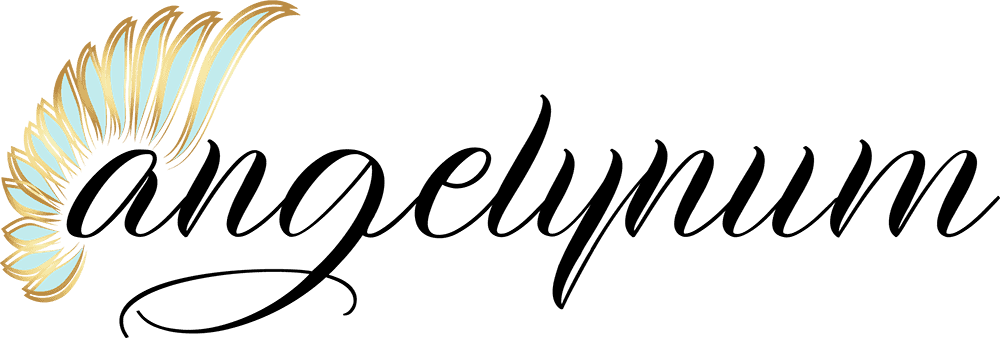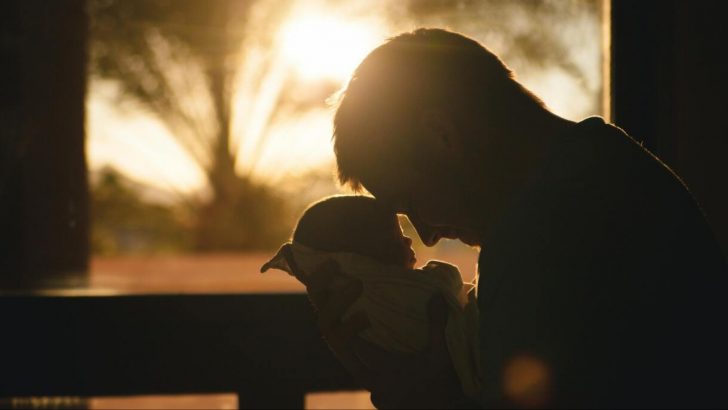The father wound is a term many have heard but few truly understand.
It refers to the emotional pain and scars left by an absent, neglectful, or emotionally unavailable paternal figure.
The phrase first gained popularity in 1980s and 90s in psychology and self-help circles, aiming to shed light on how childhood experiences shape our adult relationships.
It’s more than just missing a parent – it’s about the deep, often unseen impact that lack of a nurturing dad can have.
Acknowledging this pain is the first step toward healing and breaking free from its lifelong grip.
1. Childhood Experiences That Leave a Mark

A father wound often stems from specific childhood experiences – whether your dad was physically absent, emotionally distant, overly critical, or inconsistent.
Maybe he was just never around, or he was physically present but didn’t show enough love or support.
Childhood neglect, abandonment, o harsh discipline can leave very deep scars.
These experiences lead us to doubt ourselves, fear intimacy, or struggle with trust.
Emocional void created during childhood usually follows us into adulthood, affecting our self-esteem and how we connect with others.
2. Fewer Marriages, More Divorces
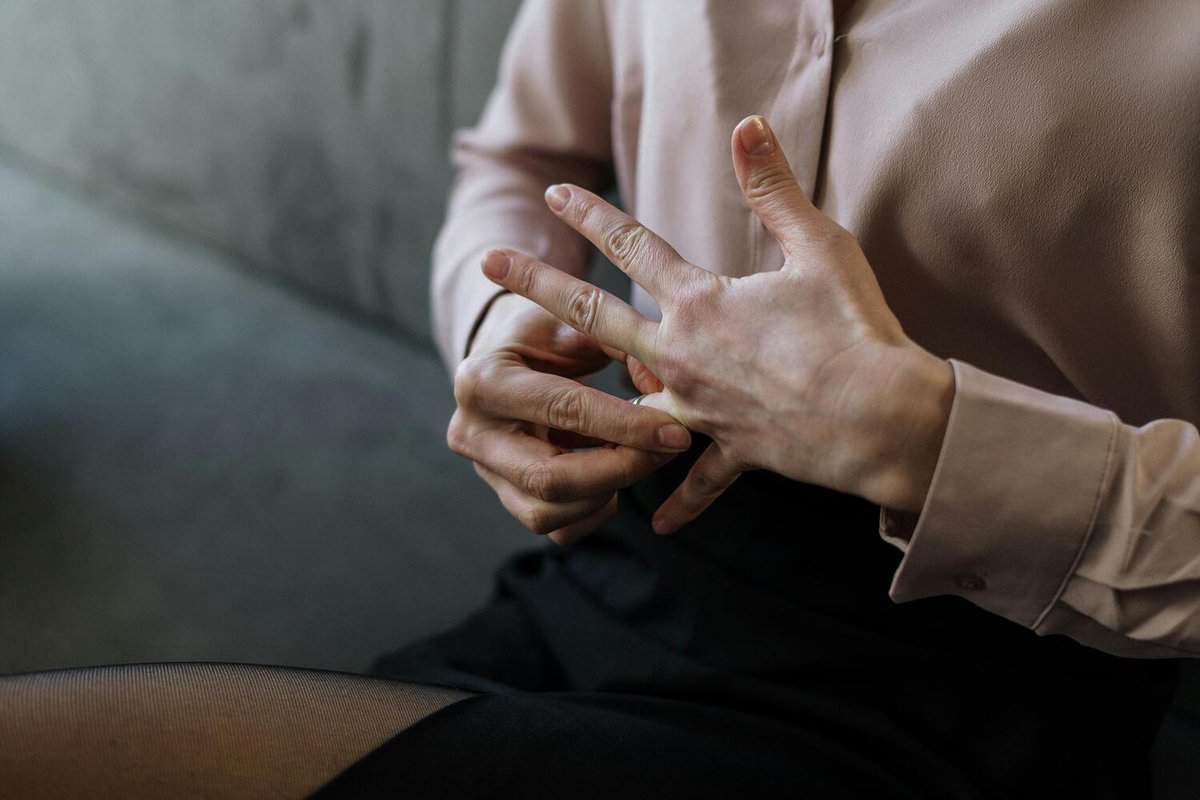
Today’s society sees fewer intact marriages and more divorces, which can only intensify the father wound.
Children growing up in separated or blended families may experience even more instability and emotional distance.
The lack of a consistent, nurturing father figure makes it harder to develop secure attachments.
Plus, in a world where family structures are so fluid, many kids never get a chance to experience having a stable, supportive dad.
This cultural shift often leaves young adults feeling ungrounded and searching for validation elsewhere.
Of course, good and devoted parents can prevent this even if they’re separated.
3. What New Fathers Can Do to Break the Cycle
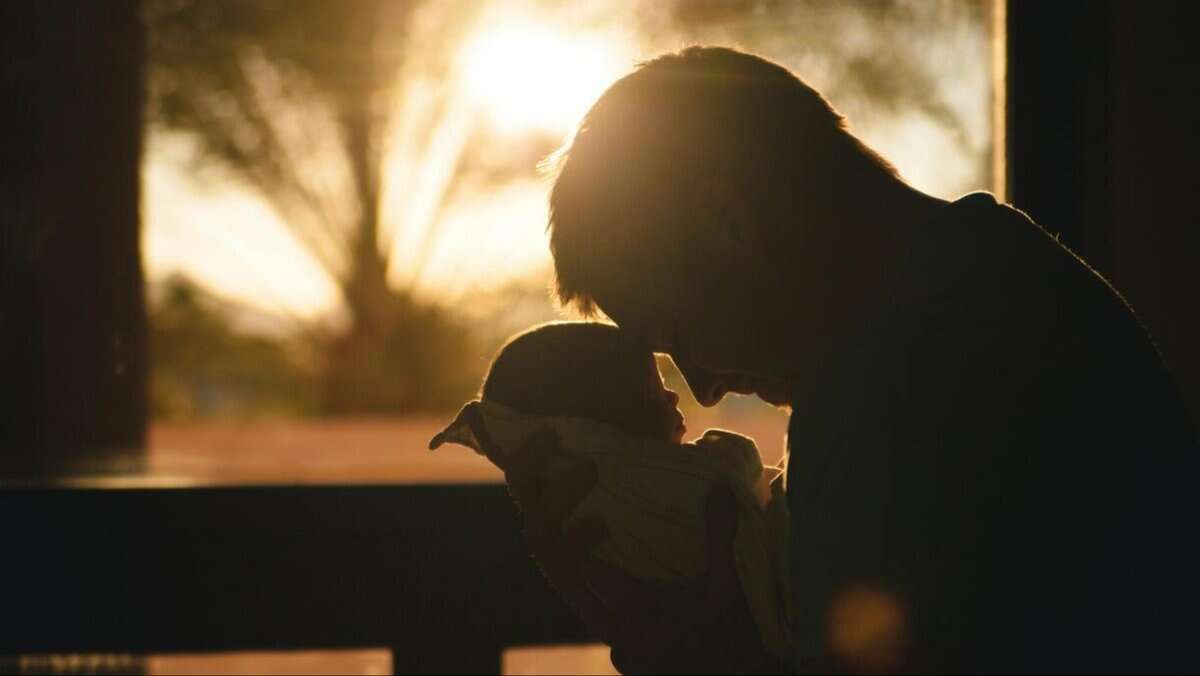
A new father has the main and powerful role in preventing their child from developing a father wound.
Showing up consistently, being emotionally available, and expressing love openly can make all the difference.
It’s about more than providing financially. Listening, hugging, and validating your child’s feelings is just as, if not more, important.
Teaching them that they’re worthy of love and support helps build their confidence.
Small acts of kindness and understanding can lay the foundation for a healthy, secure attachment – something every child needs in order to thrive.
4. Is the Father Wound a Common Issue?
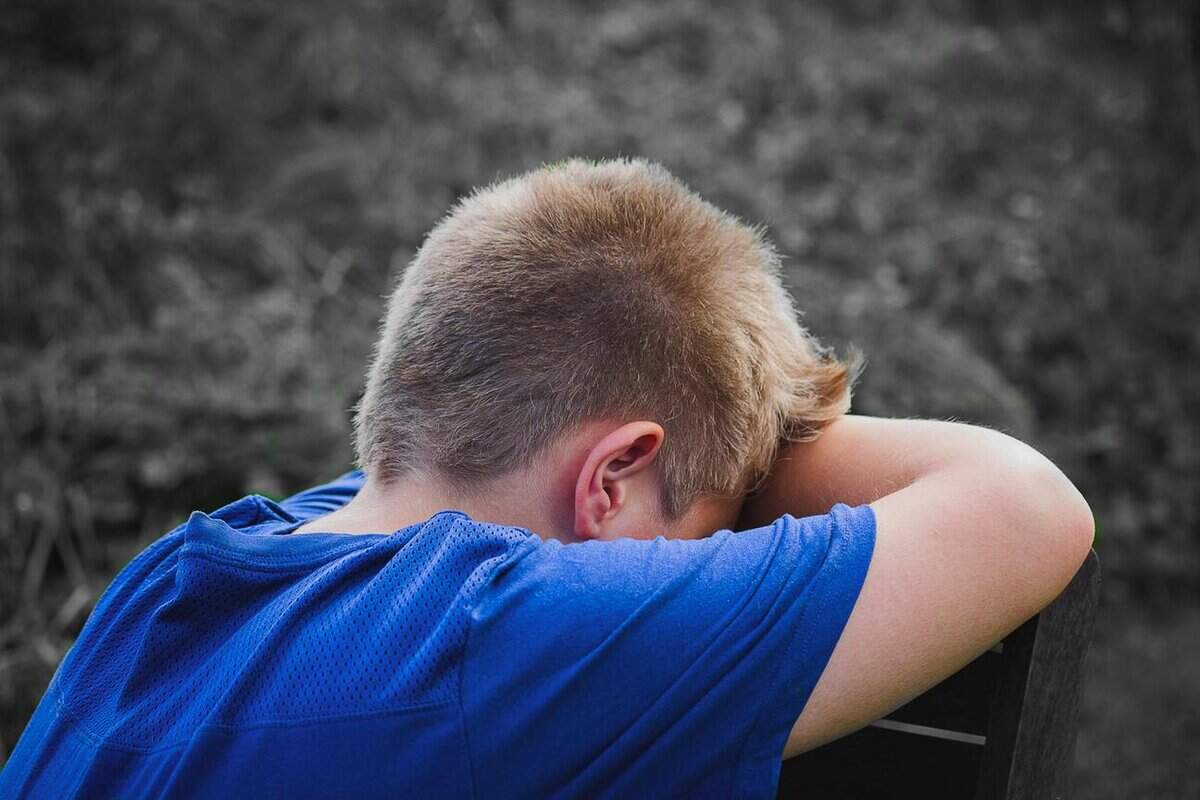
Oh, yes, it is. Many adults carry this invisible burden, often unaware of its origins. It can manifest as relationship struggles, trust issues, or feelings of unworthiness.
Society is waking up to the fact that salud emocional is crucial, and recognizing the father wound cna help people understand their pain better.
It’s comforting to know that healing is possible, but it starts with acknowledging the wound and giving ourselves the permission to heal.
5. The Shame Behind “Daddy Issues”
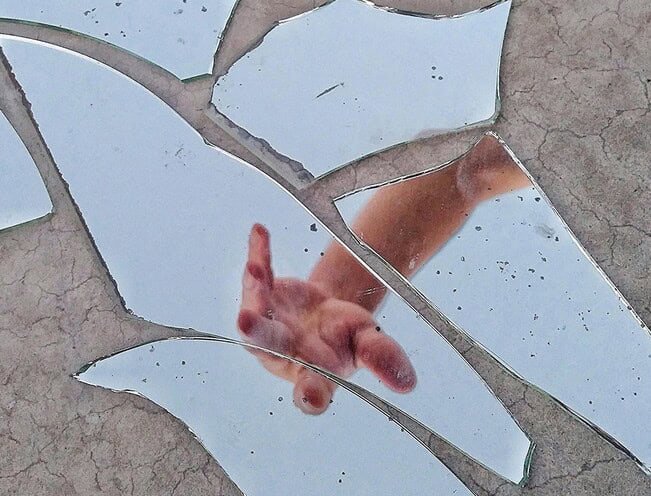
The term “daddy issues” is often used dismissively and mockingly, which can shame those struggling with a father wound.
It’s a way to trivialize the pain and make those who suffer feel embarrassed or blamed.
But the truth is, many people carry this wound silently, battling feelings of inadequacy or abandonment.
Removing the stigma is crucial on our way to understanding that this pain is valid. Healing requires compassion, not judgment.
Recognizing the seriousness of this wound helps create the space for empathy and growth instead of shame.
6. The Path to Healing Your Heart
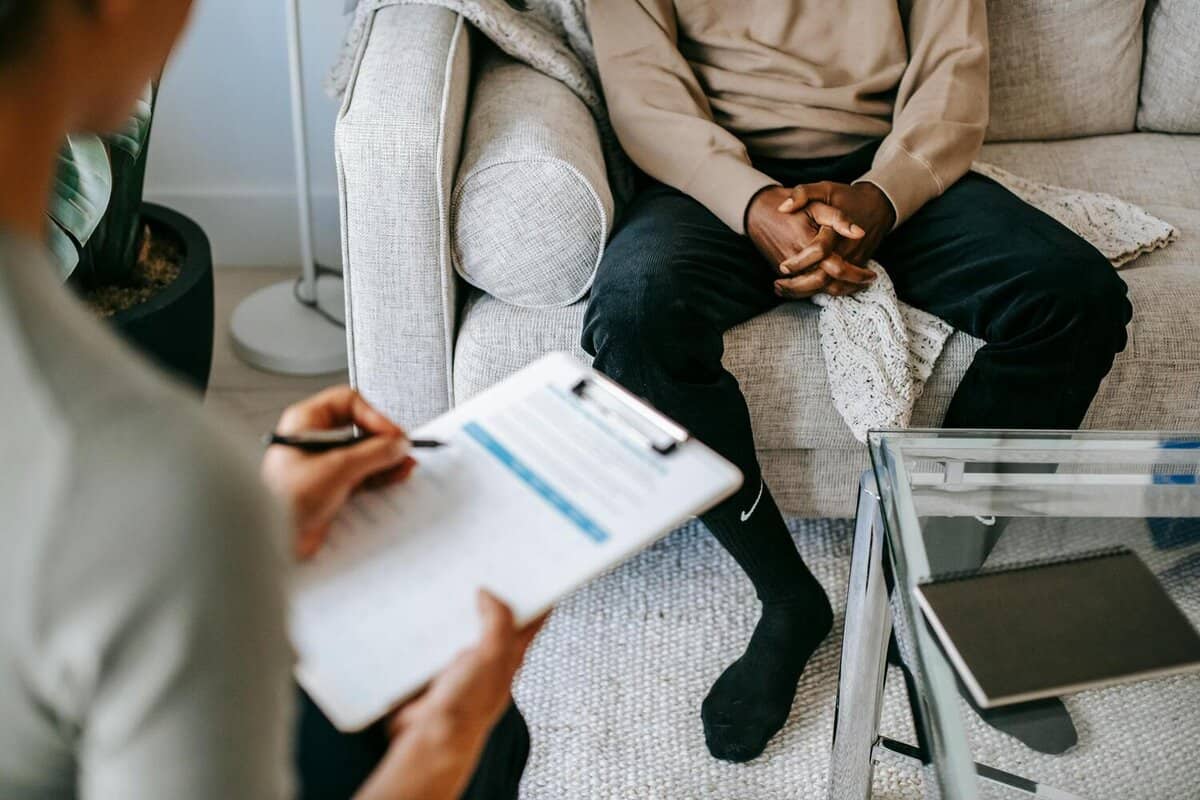
Healing from the father wound involves a mix of self-awareness, therapy, y compasión.
It’s about reparenting yourself, perdonar your dad (if possible), and understanding that your worth isn’t defined by past pain.
Edificio límites saludables and seeking supportive relationships can help you feel safer and more loved.
Journaling, meditation, and therapy are powerful tools to help you process unresolved feelings. But keep in mind that healing isn’t linear – it’s a journey.
Be gentle with yourself as you work through the pain, and slowly step into a healed version of yourself.
7. Empowering Yourself and Others
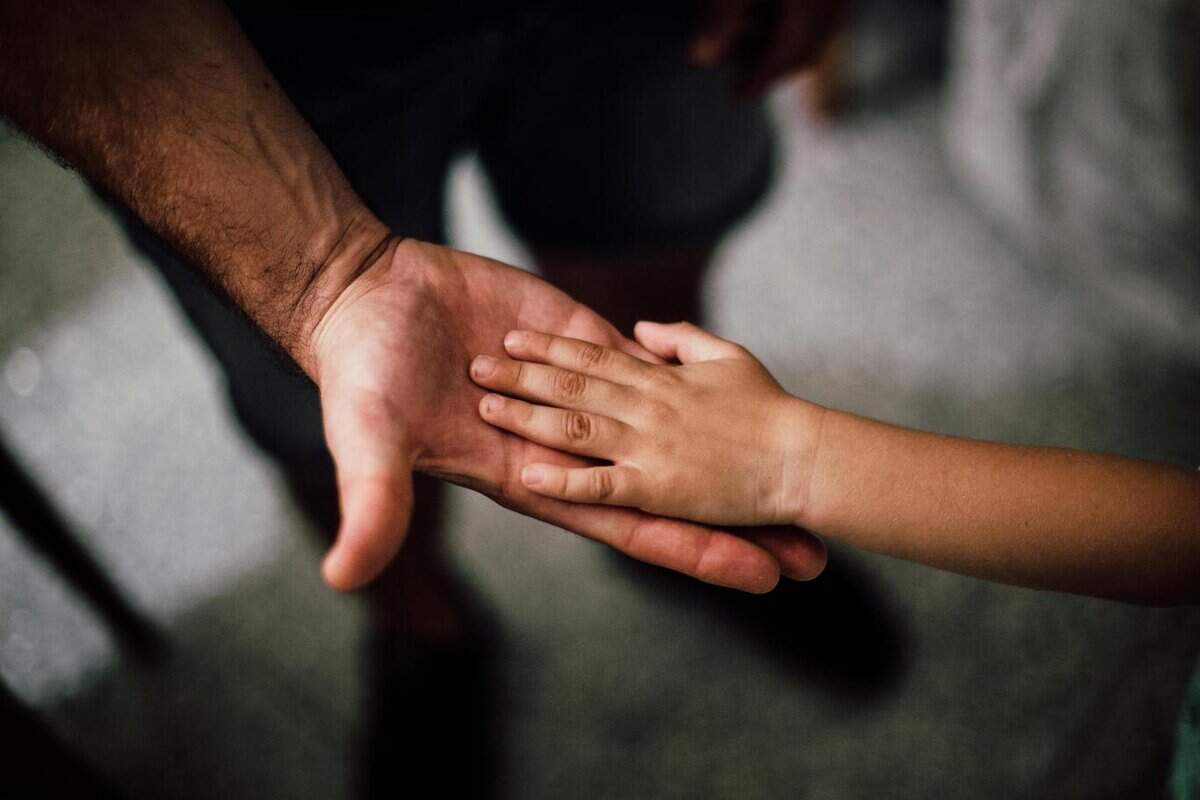
Lastly, healing the father wound is just an individual journey. It’s also about breaking the cycle for future generations.
En fathers consciously show love, patience, and emotional presence, they shield their children from this pain.
Sharing stories, raising awareness, and offering compassion can empower others to seek help and understand their own issues.
We all have the power to heal ourselves and nurture healthier relationships.
Acknowledging the wound and facing you issues isn’t easy, but your heart deserves que paz.
A little Aquarius, devoted to writing and embroidery. Through my writing, I hope to empower readers to align with their true selves and navigate life’s mysteries with confidence.
